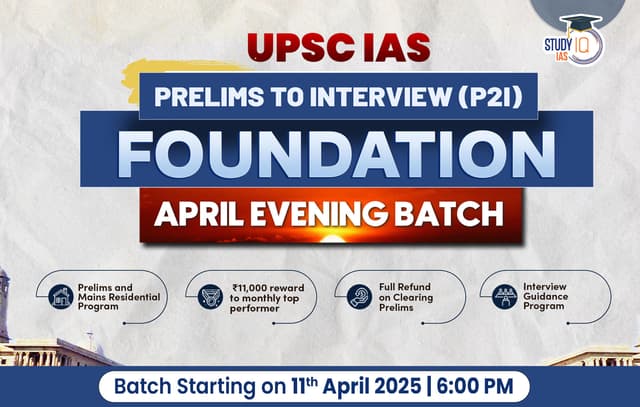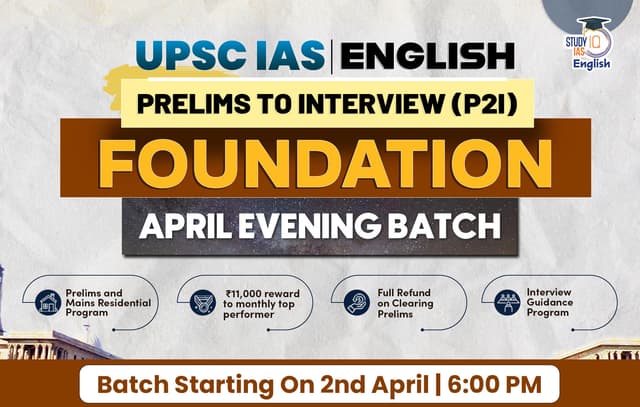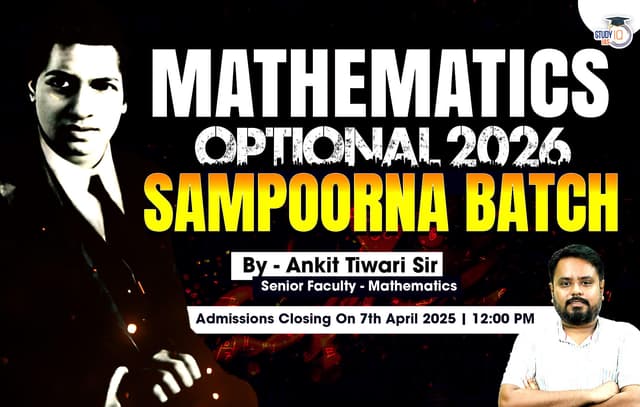Table of Contents
The Vice President of India holds a significant position in the country’s political structure, and the role has evolved. Serving as the second-highest constitutional office, the Vice President’s responsibilities go beyond ceremonial duties, playing an essential part in the country’s governance.
Vice President of India
The Vice President of India, who also serves as the Rajya Sabha’s ex-officio chairman, holds the second-highest constitutional position in the Indian Government. The electoral committee members, which consists of Rajya Sabha and Lok Sabha members, elect the vice president. The state legislature has no part in the vice president election process.
Jagdeep Dhankhar is serving as India’s 14th Vice President since August 11, 2022. Sarvepalli Radhakrishnan served as India’s first vice president from May 13, 1952, to May 12, 1957. From August 11, 2007, until August 11, 2017, Mohammad Hamid Ansari was the only vice president to hold the position for ten years. Venkaiah Naidu, who held the position under Ram Nath Kovind’s presidency from August 11, 2017, until August 11, 2022, was the previous vice president of India. The vice president’s term is for five years, however, they are permitted to stay in office until their replacement takes over.
The Vice President of India is an important part of Indian Polity which is an important subject in UPSC Syllabus. Students can also go for UPSC Mock Test to get more accuracy in their preparations.
List of Vice Presidents of India from 1952 to 2025
Here is the List of Vice Presidents of India from 1952 to 2025.
|
Vice-Presidents of India |
Term of Office |
| Sarvepalli Radhakrishnan (First Vice-President of India) | 13th May 1952 – 12th May 1957
13th May 1957 – 12th May 1962 |
| Zakir Hussain | 13th May 1962 – 12th May 1967 |
| V. V. Giri | 13th May 1967 – 3rd May 1969 |
| Gopal Swarup Pathak | 31st August 1969 – 30th August 1974 |
| B. D. Jatti | 31st August 1974 – 30th August 1979 |
| Mohammad Hidayatullah | 31st August 1979 – 30th August 1984 |
| R. Venkataraman | 31st August 1984 – 24th July 1987 |
| Shankar Dayal Sharma | 3rd September 1987 – 24th July 1992 |
| K. R. Narayanan | 21st August 1992 – 24th July 1997 |
| Krishan Kant | 21st August 1997 – 27th July 2002 |
| Bhairon Singh Shekhawat | 19th August 2002 – 21st July 2007 |
| Mohammad Hamid Ansari | 11th August 2007 – 11th August 2012
11th August 2012 – 10th August 2017 |
| Venkaiah Naidu | 11 August 2017 – August 10, 2022 |
| Jagdeep Dhankhar | Since 11 August 2022 – Incumbent |
Vice President of India Constitutional Provision
| Article | Details |
| Article 63 | There will be an Indian Vice President |
| Article 64 | The Vice-President shall not hold any other paid post and shall serve as the Council of States’ de facto Chairman |
| Article 65 | When there are brief gaps in the office or when the president is not present, the vice president fills in for him or herself. |
| Article 66 | The members of an electoral college made up of representatives from both Houses of Parliament will choose the vice president. The Vice-President is not permitted to serve in either the House of Representatives or the House of the Legislature of any State. |
| Article 67 | From the time of his appointment, the Vice-tenure President’s in office must be for a period of five years. |
| Article 68 | Before the term’s expiration, a vote must be held to fill any vacancies caused by the vice president’s tenure coming to an end. Elections must be held as soon as possible to fill any vacancies left by the vice president’s death, resignation, or removal. |
| Article 69 | Each Vice President must take an oath or affirmation before the President, or a person he has nominated in that capacity. |
| Article 70 | President’s duties are discharged in other emergencies |
First Vice-President of India
Sarvepalli Radhakrishnan was India’s first vice president. His father’s name was Shri S. Veerasamiah. He was born on September 5, 1888. He was a very learned person; his education qualifications were M.A., D. Litt. (Hony.), LL.D., D.C.L, Litt. D., D.L, F.R.S.L, F.B.A., Hony. Fellow, All Souls College (Oxford).
Vice-President of India Qualification
A citizen of India who has reached the age of 35 is eligible to serve as vice president of India and as a member of the Rajya Sabha. He must not, however, hold a seat in either the Lok Sabha or the Rajya Sabha, and if he is elected vice president while holding a seat in either of the houses, he is presumed to have given up that seat on the day he assumed office. Additionally, he is not permitted to hold any paid positions with the union, state, public, or local governments.
Vice President of India Tenure
He starts working in his office on the date; the vice president’s term is for five years. He may, however, resign from the presidency earlier than the permitted five years. The following list includes additional scenarios in which the position of vice president becomes vacant:
- After his five-year term is over
- When he steps down
- After his removal
- Upon his passing
- If his election is invalidated
Vice President of India Impeachment
There is no formal process for impeaching the vice president, unlike the president of India, who is subject to such a process. A resolution can easily be passed by the Lok Sabha and the Rajya Sabha with a majority. There is also no provision in the constitution for the removal of the Vice President of India, unlike the President of India, who can be impeached on the basis of “Violation of the Constitution.”
Vice President of India Powers and Functions
He serves as the Rajya Sabha’s ex-officio chairman. In this capacity, his authority and duties are on par with those of the Lok Sabha Speaker. In this way, he is similar to the American vice president, who chairs the Senate, the upper house of the federal government. When the President’s position becomes vacant owing to his removal, resignation, passing, or some other reason, he fills the vacancy. He is only permitted to hold the office for a maximum of six months before a replacement is selected. In addition, the Vice-President assumes the President’s responsibilities when the President is absent, unwell, or unable to do so for whatever reason. This is done until the President is able to resume his duties.
It is not possible to contest a person’s election to the Vice Presidency on the grounds that the Electoral College was insufficient (i.e., the existence of any vacancy among the members of the Electoral College). Acts carried out by a person before the date the Supreme Court made such a pronouncement are not invalidated if that person’s election as Vice President is subsequently ruled void by that court (i.e., they continue to remain in force).
Vice President of India Important Facts for UPSC
- The vice president serves as the Rajya Sabha’s official chairman.
- The Vice President’s office is vacant due to:
- Resignation
- Removal
- Death
- Absence due to illness
- When the vice president fills in for the president, the deputy chairman of the Rajya Sabha assumes the vice president’s position.
- The articles (63-71) are related to the Vice President.
- The 11th Constitutional Amendment altered how the vice president is chosen. Initially, the two houses of Congress had to convene for a joint session to pick the vice president.
- The Vice President’s pay may be set by Parliament. As the chairperson of the Rajya Sabha, he or she now receives a salary of Rs. 1.25 lakh. Students can read all the details related to UPSC by visiting the official website of StudyIQ UPSC Online Coaching.
| Related Articles | |
| List of President of India | List of Prime Ministers of India |
| List of RBI Governors of India | List of Chief Ministers of India |
| States and Capitals of India | National Symbols of India |

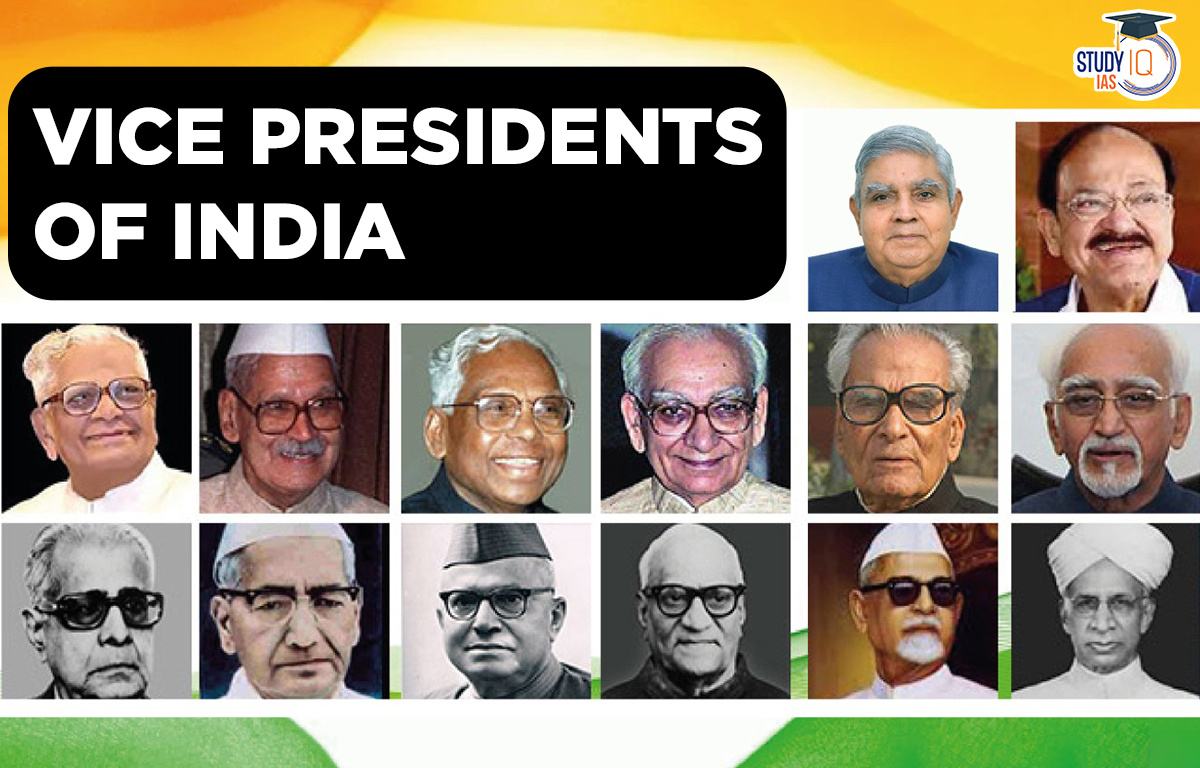
 Mechanisms to Combat Judicial Corruption...
Mechanisms to Combat Judicial Corruption...
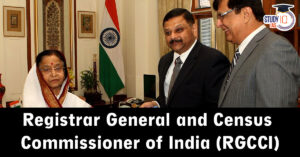 Registrar General and Census Commissione...
Registrar General and Census Commissione...
 Ambedkar Jayanti 2025: Biography, Legacy...
Ambedkar Jayanti 2025: Biography, Legacy...

